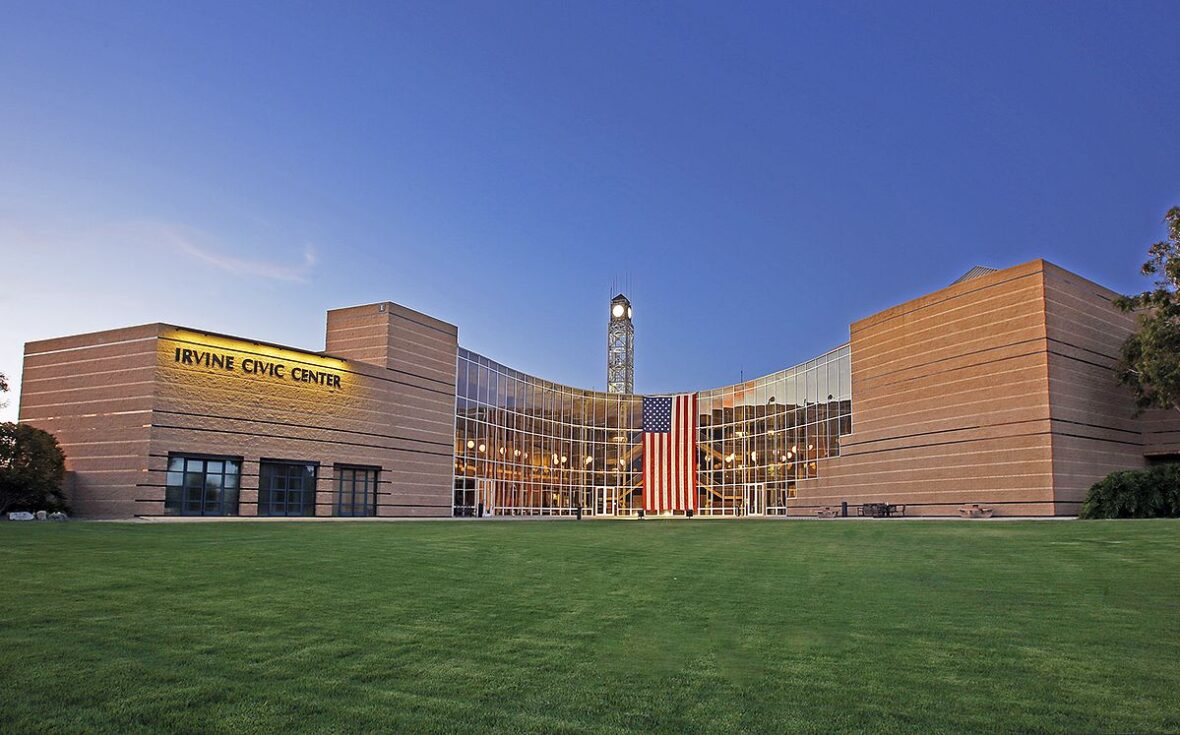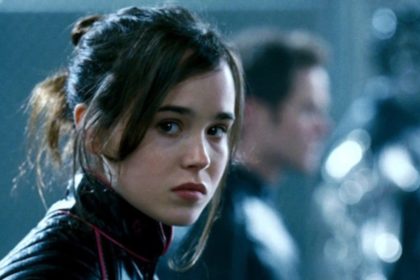Irvine is a master-planned city in Orange County, California, United States in the Los Angeles metropolitan area. Take a look below for 20 fascinating and fun facts about Irvine, California, United States.
1. The Irvine Company started developing the area in the 1960s and the city was formally incorporated on December 28, 1971.
2. The 66-square-mile (170 km2) city had a population of 307,670 as of the 2020 census.
3. A number of corporations, particularly in the technology and semiconductor sectors, have their national or international headquarters in Irvine.
4. Irvine is also home to several higher education institutions including the University of California, Irvine (UCI), Concordia University, Irvine Valley College, the Orange County Center of the University of Southern California (USC), and campuses of California State University Fullerton (CSUF), University of La Verne, and Pepperdine University.
5. The Gabrieleño indigenous group inhabited Irvine about 2,000 years ago. Gaspar de Portolà, a Spanish explorer, came to the area in 1769, which led to the establishment of forts, missions and cattle herds.
6. The King of Spain parceled out land for missions and private use.
7. After Mexico’s independence from Spain in 1821, the Mexican government secularized the missions and assumed control of the lands. It began distributing the land to Mexican citizens who applied for grants.
8. Three large Spanish/Mexican grants made up the land that later became the Irvine Ranch: Rancho Santiago de Santa Ana, Rancho San Joaquin and Rancho Lomas de Santiago.
9. In 1864, Jose Andres Sepulveda, owner of Rancho San Joaquin, sold 50,000 acres (200 km2) to Benjamin and Thomas Flint, Llewellyn Bixby and James Irvine for $18,000 to resolve debts due to the Great Drought.
10. In 1866, Irvine, Flint and Bixby acquired 47,000-acre (190 km2) Rancho Lomas de Santiago for $7,000. After the Mexican-American war the land of Rancho Santiago de Santa Ana fell prey to tangled titles.
11. In 1868, the ranch was divided among three claimants as part of a lawsuit: Flint, Bixby and Irvine. The ranches were devoted to sheep grazing. However, in 1870, tenant farming was permitted.
12. In 1878, James Irvine acquired his partners’ interests for $150,000 ($4,022,586 in 2020 dollars [13]). His 110,000 acres (450 km2) stretched 23 miles (37 km) from the Pacific Ocean to the Santa Ana River. James Irvine died in 1886. The ranch was inherited by his son, James Irvine II, who incorporated it into the Irvine Company.
13. James Irvine II shifted the ranch operations to field crops, olive and citrus crops.
14. In 1888, the Santa Fe Railroad extended its line to Fallbrook Junction, north of San Diego, and named a station along the way after James Irvine. The town that formed around this station was named Myford, after Irvine’s son, because a post office in Calaveras County already bore the family name. The town was renamed Irvine in 1914.
15. By 1918, 60,000 acres (240 km2) of lima beans were grown on the Irvine Ranch. Two Marine Corps facilities, MCAS El Toro and MCAS Tustin, were built during World War II on ranch land sold to the government.
16. James Irvine II died in 1947 at the age of 80. His son, Myford, assumed the presidency of the Irvine Company. He began opening small sections of the Irvine Ranch to urban development.
17. The Irvine Ranch played host to the Boy Scouts of America’s 1953 National Scout Jamboree. Jamboree Road, a major street which now stretches from Newport Beach to the city of Orange, was named in honor of this event. David Sills, then a young Boy Scout from Peoria, Illinois, was among the attendees at the 1953 Jamboree. Sills came back to Irvine as an adult and went on to serve four terms as the city’s mayor.
18. Myford Irvine died in 1959. The same year, the University of California asked the Irvine Company for 1,000 acres (4 km2) for a new university campus. The Irvine Company sold the requested land for $1 and later the state purchased an additional 500 acres (2.0 km2).
19. William Pereira, the university’s consulting architect, and the Irvine Company planners drew up master plans for a city of 50,000 people surrounding the new university. The plan called for industrial, residential and recreational areas, commercial centers and greenbelts. The new community was to be named Irvine; the old agricultural town of Irvine, where the railroad station and post office were located, was renamed East Irvine.
20. The first phases of the villages of Turtle Rock, University Park, Westpark (then called Culverdale), El Camino Real, and Walnut were completed by 1970.




